Written By: Jennifer Marin Jericho | Photo Credit: Kate Lawless
Women today outnumber men in AIGA’s membership—as in design schools and various disciplines—yet leadership, representation, and parity remain a challenge.
AIGA Women Lead is committed to empowering women in design and advancing the vital discourse on issues facing professional women today without generalizing or segregating women designers. Instead, we aim to address persistent biases and inequities, inclusively and constructively, through programming around three goals:
- Celebrate the achievements of women in design.
- Cultivate awareness of gender-related issues, while building knowledge and leadership skills.
- Connect by facilitating relationships within and beyond the design industry.
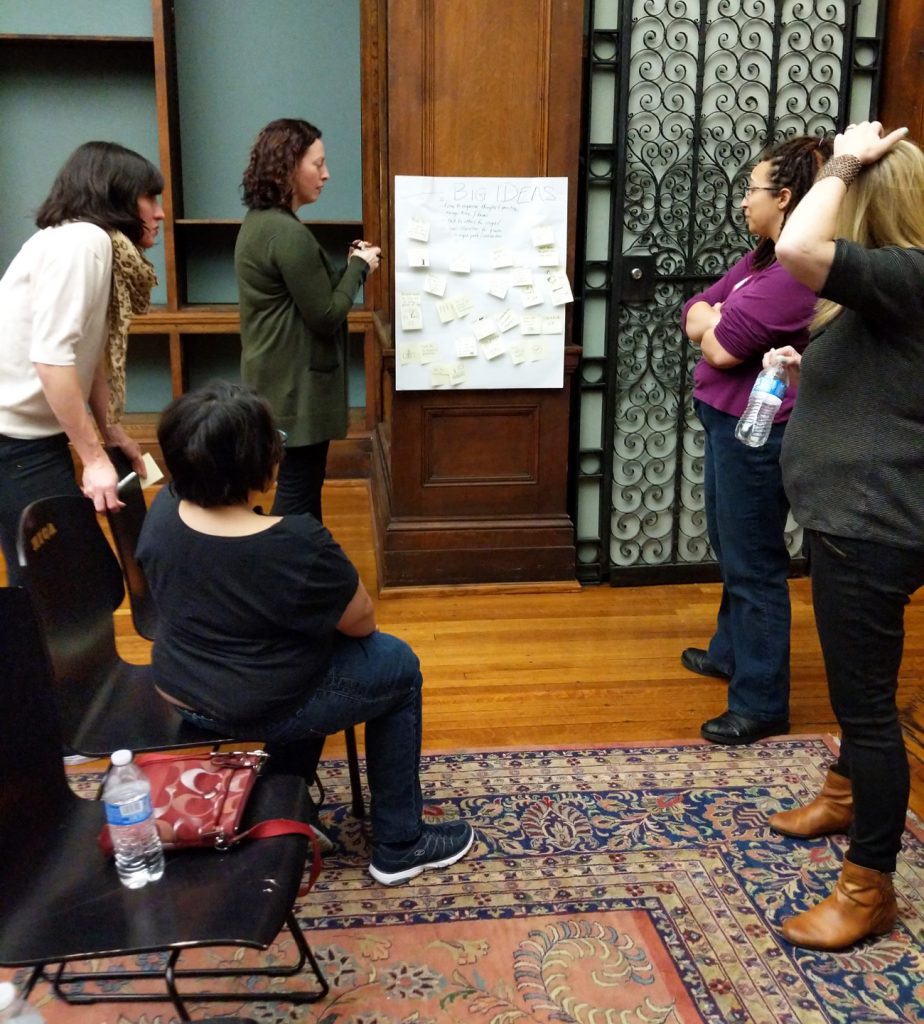
How AIGA Baltimore Is Working To Empower Women
On March 22, 2018, the AIGA Baltimore Women Lead Initiative Committee hosted a community meeting to connect with local creatives and facilitated a design thinking workshop to develop ideas for launching a women lead program in Baltimore.
While we were interested in leading a local initiative, we wanted to make sure to validate our assumptions about what women in the design community need from AIGA Baltimore. The process may take longer than tossing an event together, but our goal is to build something that speaks directly to the women in our community, is flexible and adaptable, and most importantly, is scalable.
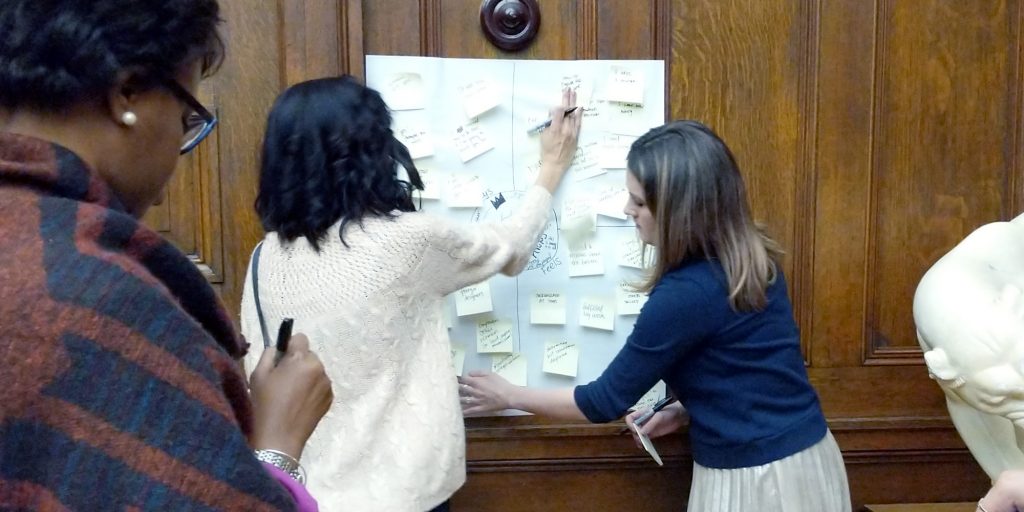
To accomplish all this, we first had to bring together women in various industries and community programs to ask the question: How might we help women leaders 10-15 years into their career, get the resources they need to step into leadership roles?
Why was this question so specific? Because we have to start somewhere, and often when you tackle large issues such as this one, you run the risk of trying to solve all the problems, and end up solving none of the problems.
Our goal is to empower women to grow professionally and use the tactics and resources we provide to tackle issues that they are passionate about in their own communities. I imagine this initiative as a ripple effect, because we are all responsible and capable of influencing change, and it is crucial that these initiatives are diverse and inclusive.
I imagine this initiative as a ripple effect, because we are all responsible and capable of influencing change
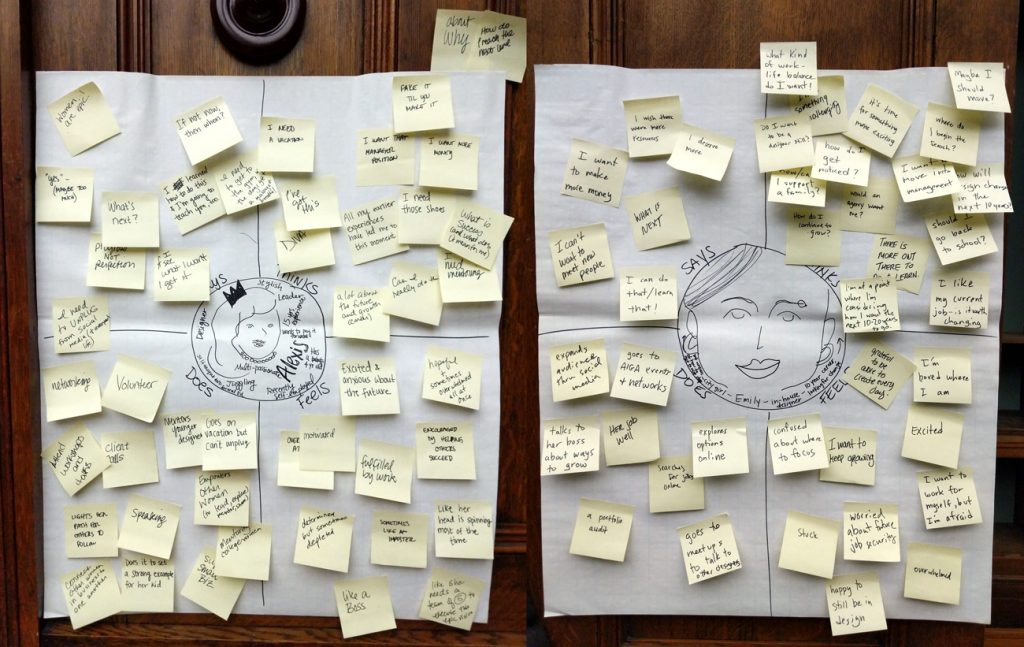
Outcomes of the Design Thinking Workshop
In our two-hour workshop, we led two specific activities. The first was an empathy map, where we broke into groups of 4-5 people and developed personas of various types of women in the industry. The goal of the activity is to put the person at the center and think about what she is feeling, thinking, saying, and doing when it comes to her professional goals. After brainstorming, we then shareback and group common themes. Here are some of the themes that were common among the personas we developed:
- Anxiety/Uncertainty
- Growth and ambition
- Social Interaction/Relationships
- Self Worth/Reality Check
- Planning for Future
- Lifelong Learning/Business Knowledge
- Life Balance
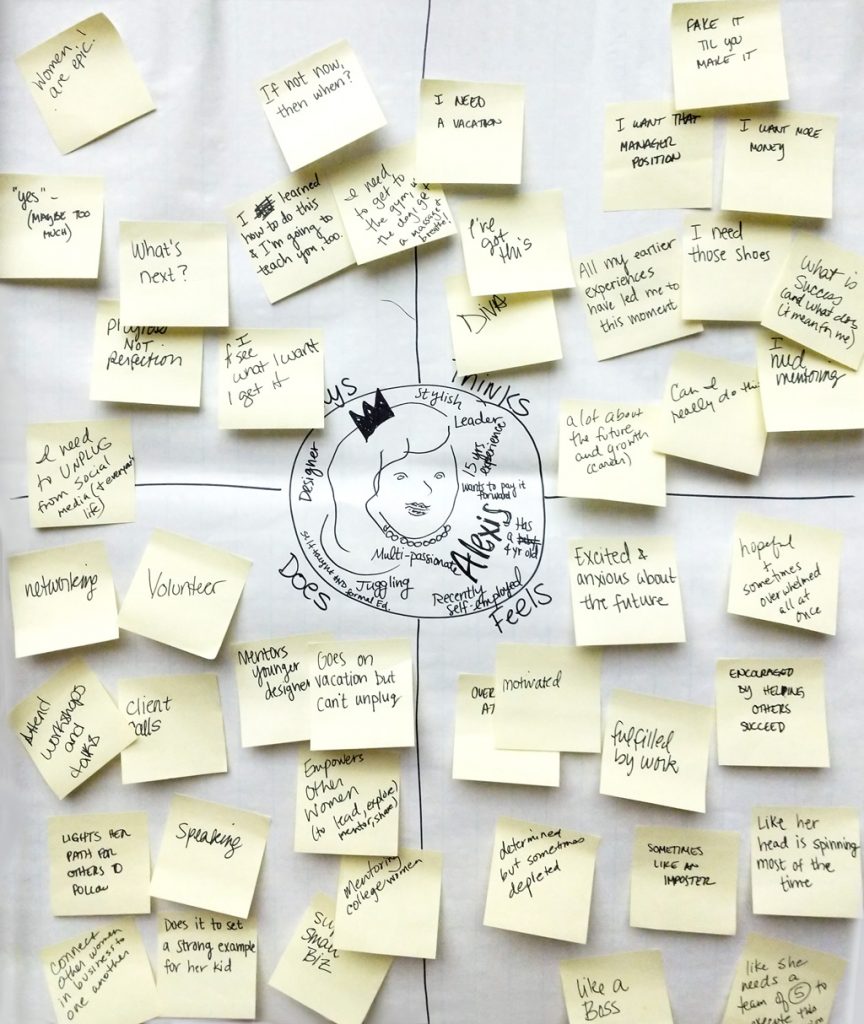
The outcomes were not surprising. Most professionals struggle to strike a balance between focusing on career, learning new skills, balancing a personal life, and developing the confidence to do all of the above while maintaining a healthy lifestyle.
How might AIGA’s Women Lead Initiative help to fill the gaps?
To answer this question we did a big ideas exercise to come up with potential solutions to support women in their careers. We had three major themes that came from this workshop: group mentorship, skill development, and self-care.
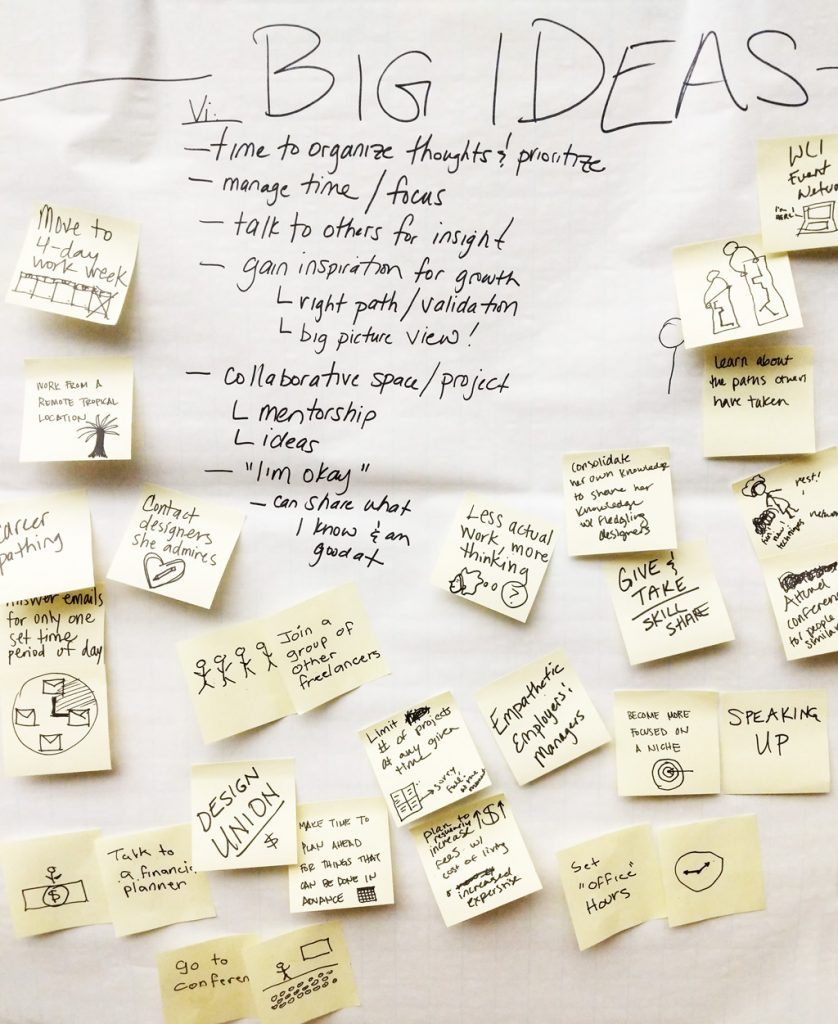
Group Mentorship
While coworkers, family, and friends can be a great support system, a professional network is crucial. While the former can provide great emotional support, the latter can provide you the right tools, help you tackle specific challenges and navigate the complexities of building a successful career. I am a huge proponent of building a brain trust, people that challenge you and push you to be better. It has been instrumental in my own career growth.
I just attended the Women Spanning the Globe Leadership Conference hosted by the World Trade Center Institute here in Baltimore. One comment that resonated with me was a speaker who suggested we be more like spiders. Build a web: a network of people that support us and help us catch opportunity. Love this!
Skill Development
We have heard from our members that inspiration is an excellent resource. Inspiration can fuel our creativity, inspire us on that specific project, and push us out of “unstuck”. Yet inspiration can only take you so far; stretching your skills and capabilities will better prepare us to face the challenging problems we face as creatives in a fast-paced world.
This means more than learning new technical skills, we need leadership, business, and management skills to help us grow professionally. This is a common challenge of many designers in our field and it is one we are starting to tackle as a national organization to help designers better communicate the value of design and collaborate with professionals in other disciplines.
Self-Care
This continues to be a common theme in the lives of busy professionals. We know that rest and regeneration are crucial to creativity, but we continue to struggle with the demands of our personal and professional lives. I’d like to see some intentional programming that helps us carve some space for activities that energize us.
I look forward to seeing how this evolves, and I hope you will join us. Stay tuned as we continue to craft a plan for a women lead program that fits the needs of our community members. We will be looking for volunteers in the coming months, so look out and keep checking in!
Jennifer Marin Jericho
AIGA Women Lead Steering Committee
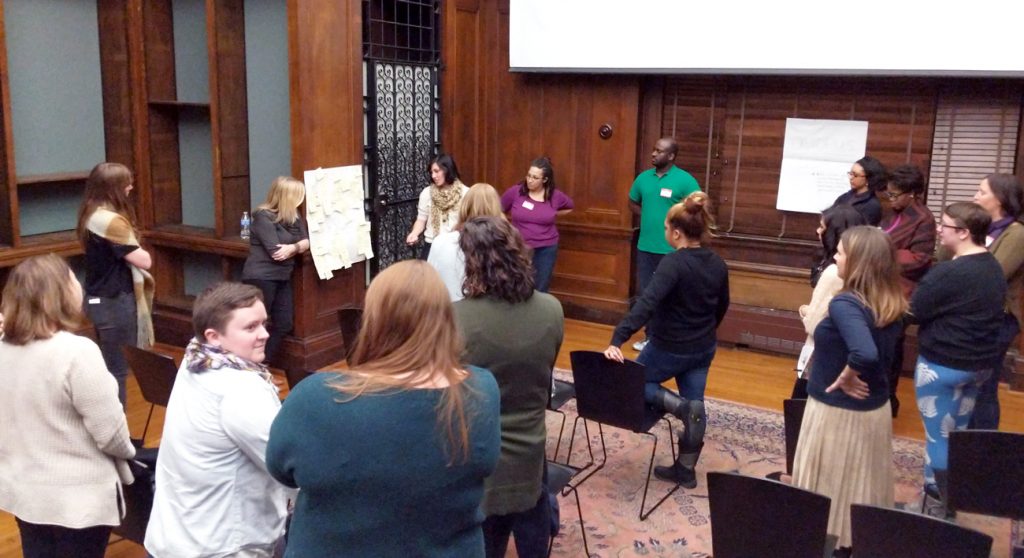
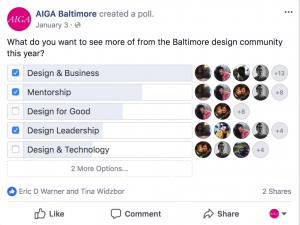
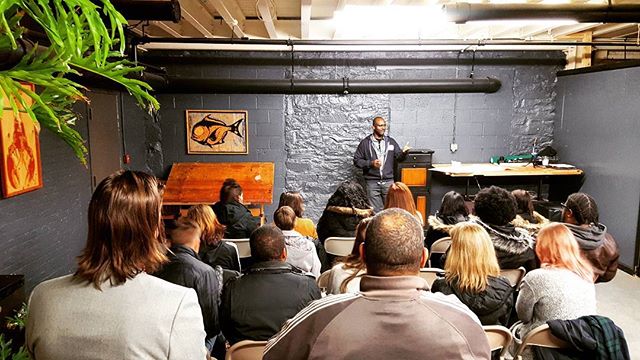
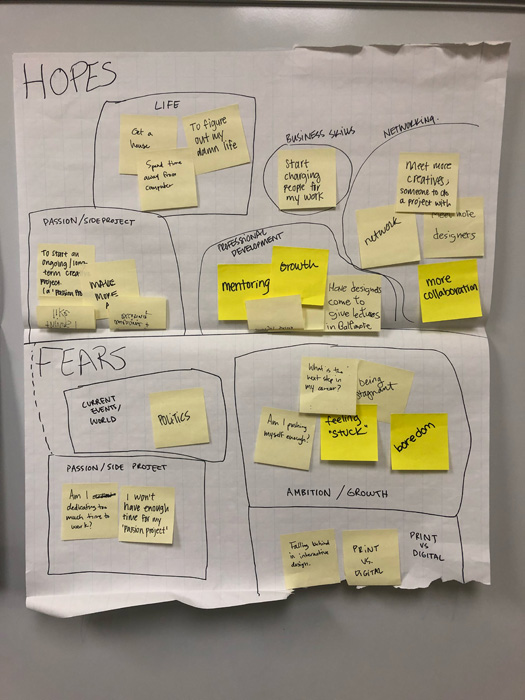
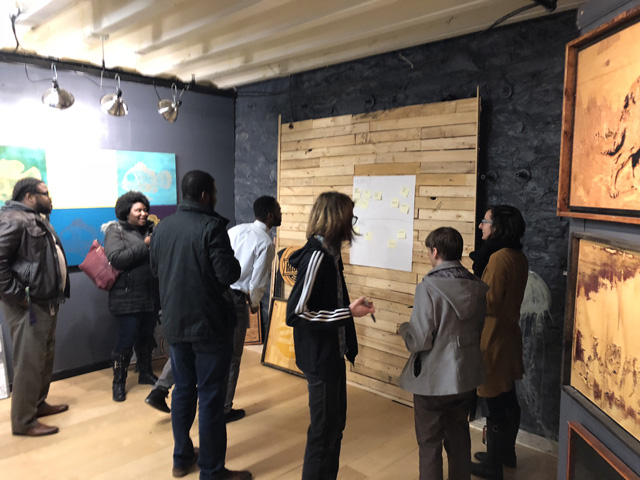
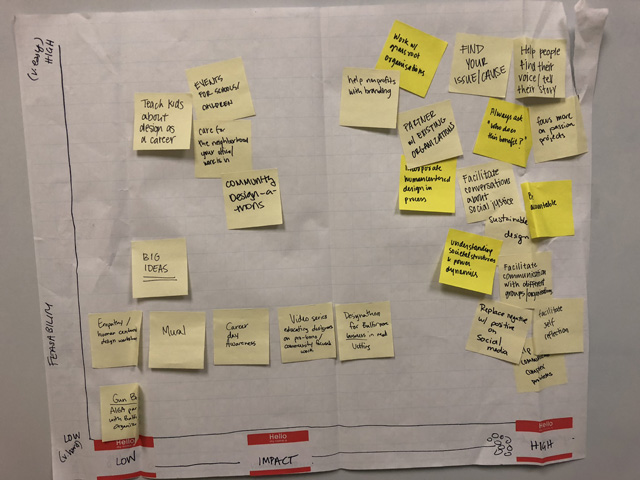
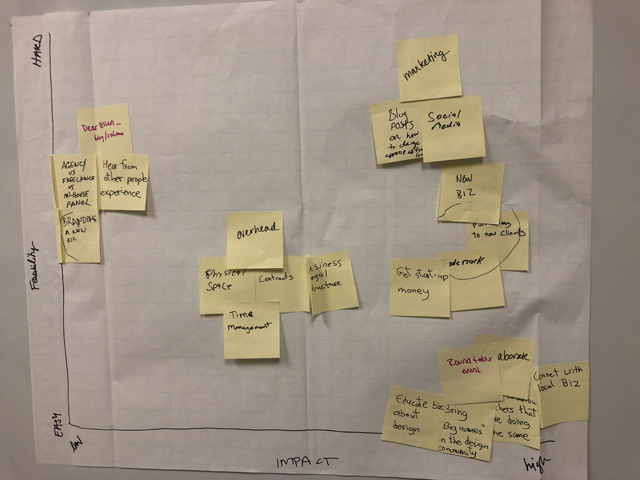
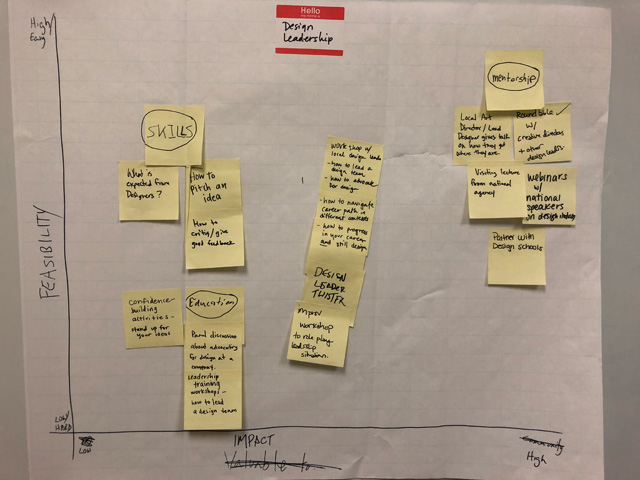
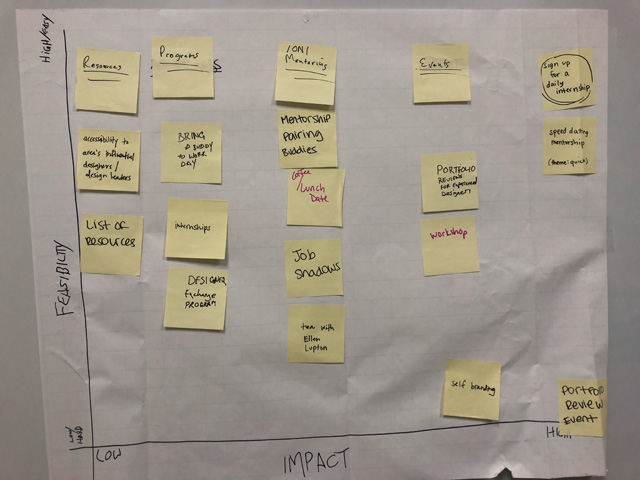
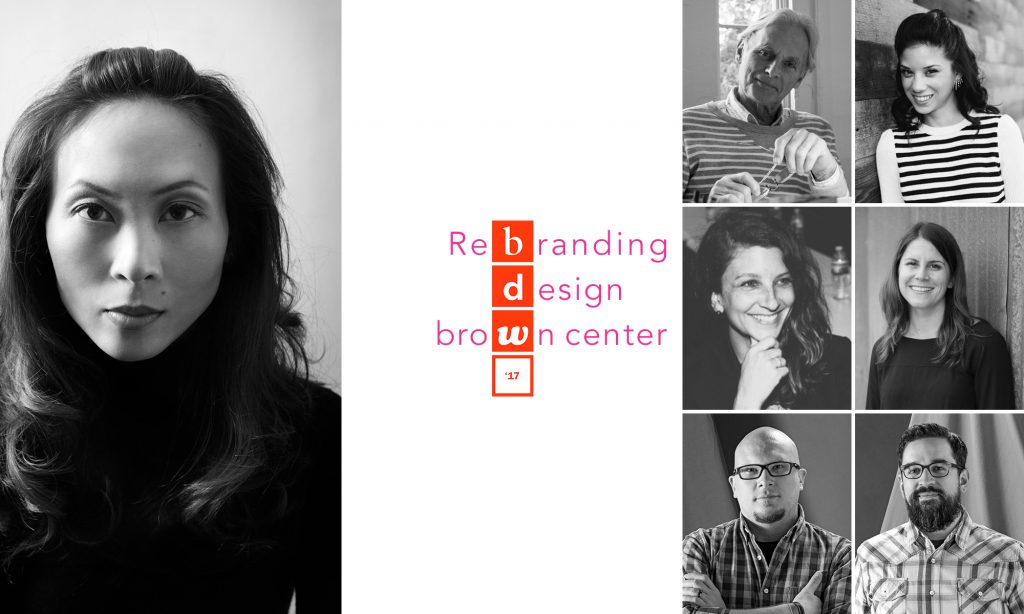
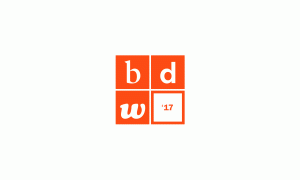
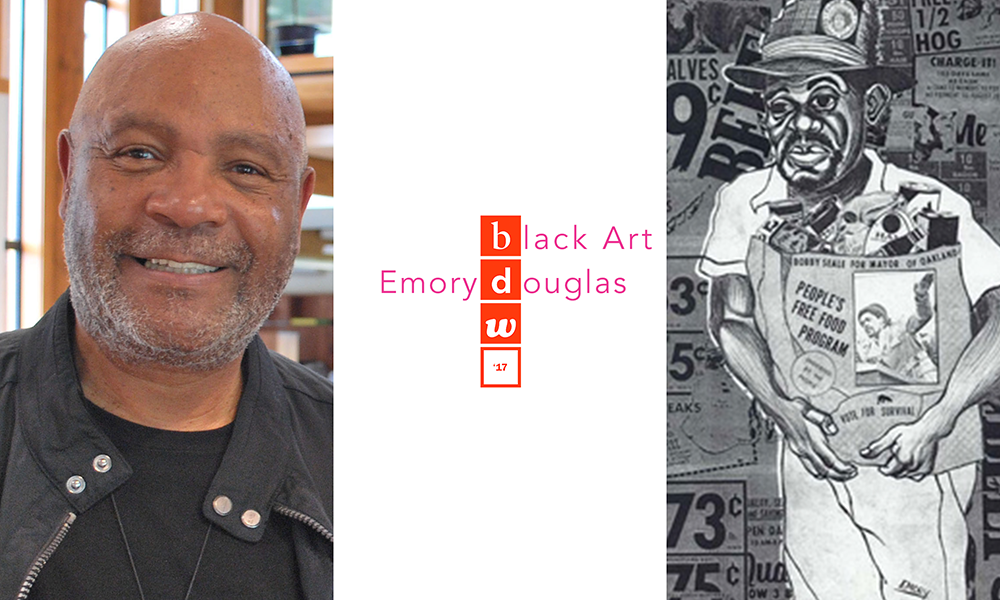
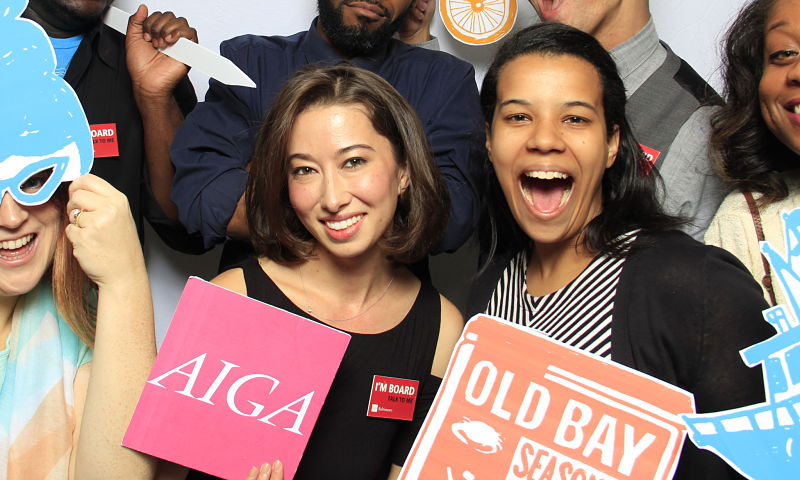
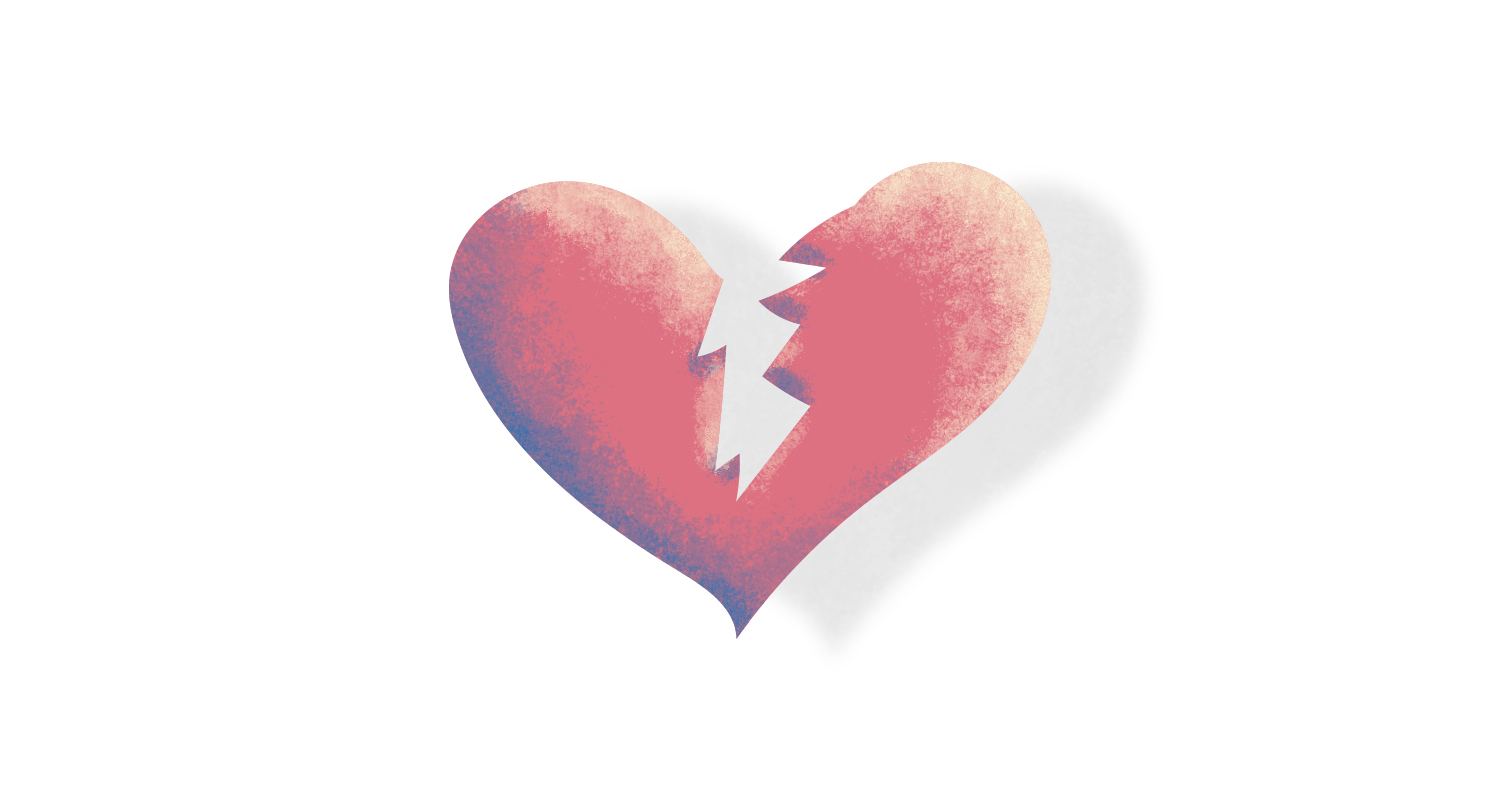 As creative people, we tend to get deeply attached to our work, but keep in mind that any criticism you receive is not directed at you but at the work you present. Reviewers don’t know how long it took you to make it, or if your piece has a profound personal meaning to you, they will be there to give you a neutral honest opinion about your designs. They are providing you with their time and knowledge to help you have a stronger portfolio.
As creative people, we tend to get deeply attached to our work, but keep in mind that any criticism you receive is not directed at you but at the work you present. Reviewers don’t know how long it took you to make it, or if your piece has a profound personal meaning to you, they will be there to give you a neutral honest opinion about your designs. They are providing you with their time and knowledge to help you have a stronger portfolio.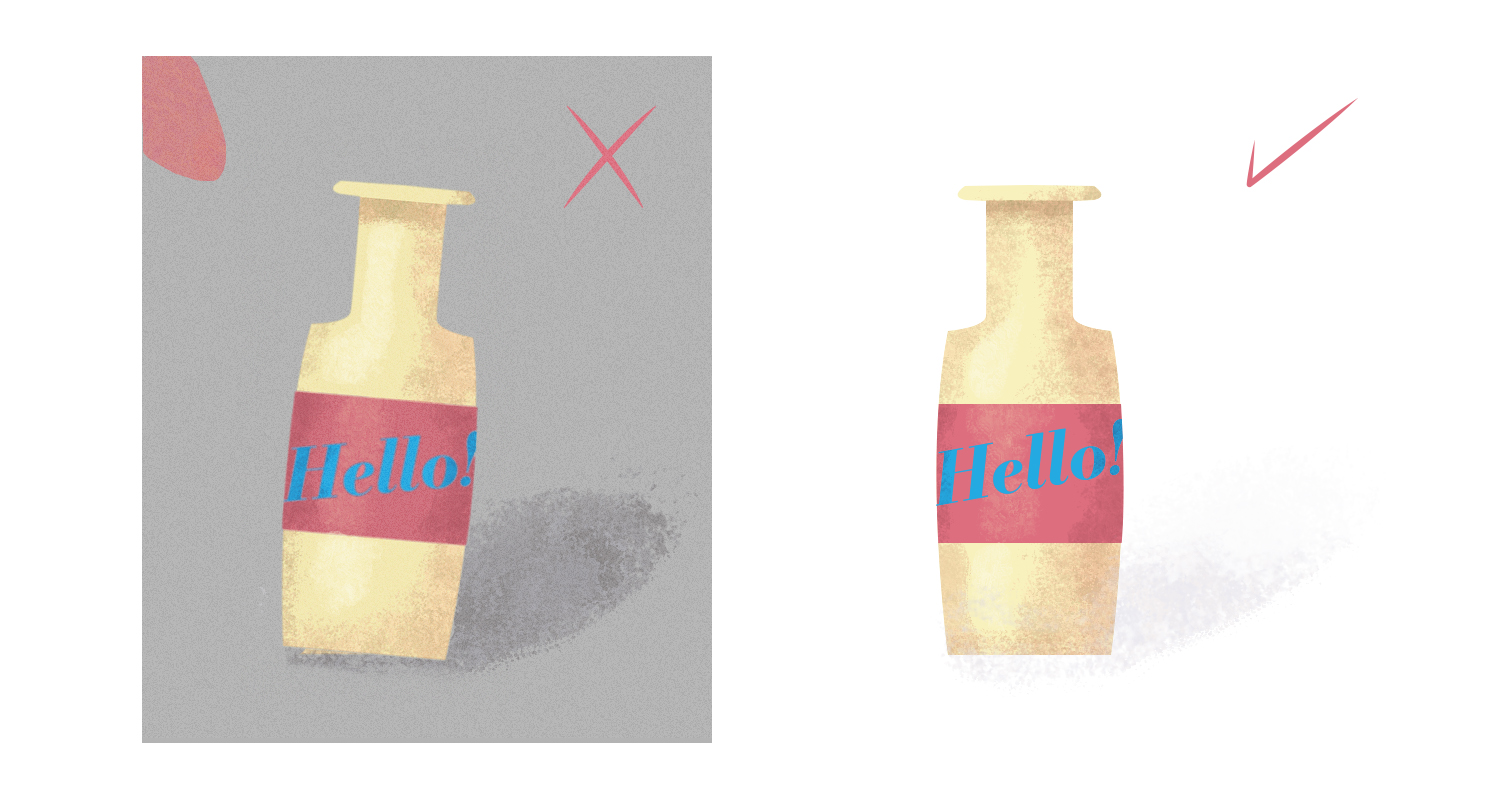
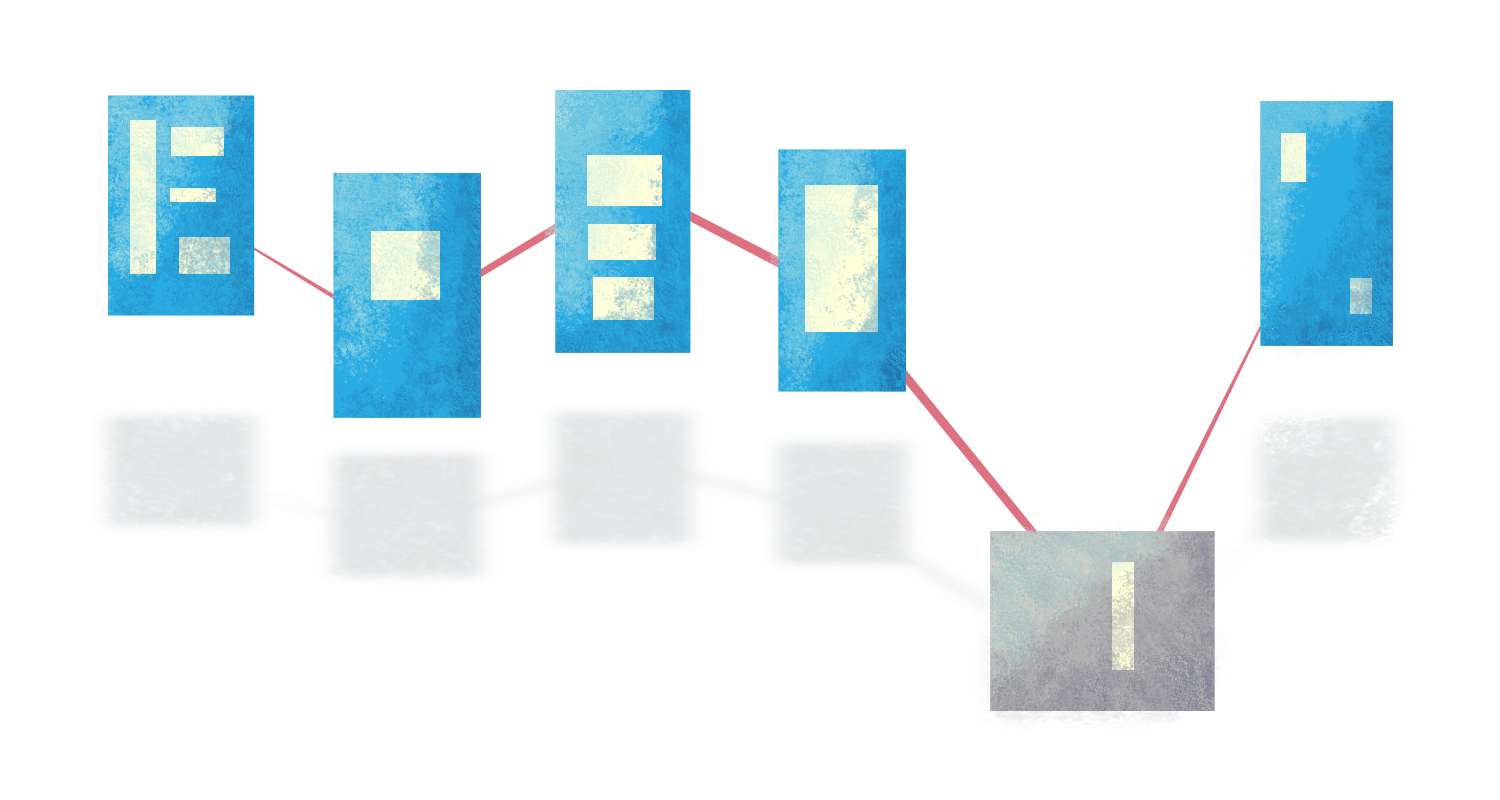 By consistency, I don’t mean including only print design, or only website design but rather the quality of the work. Every designer has good and bad pieces, so don’t feel pressured to include everything you’ve made. A few “meh” pieces can bring down the entire quality of your portfolio.
By consistency, I don’t mean including only print design, or only website design but rather the quality of the work. Every designer has good and bad pieces, so don’t feel pressured to include everything you’ve made. A few “meh” pieces can bring down the entire quality of your portfolio.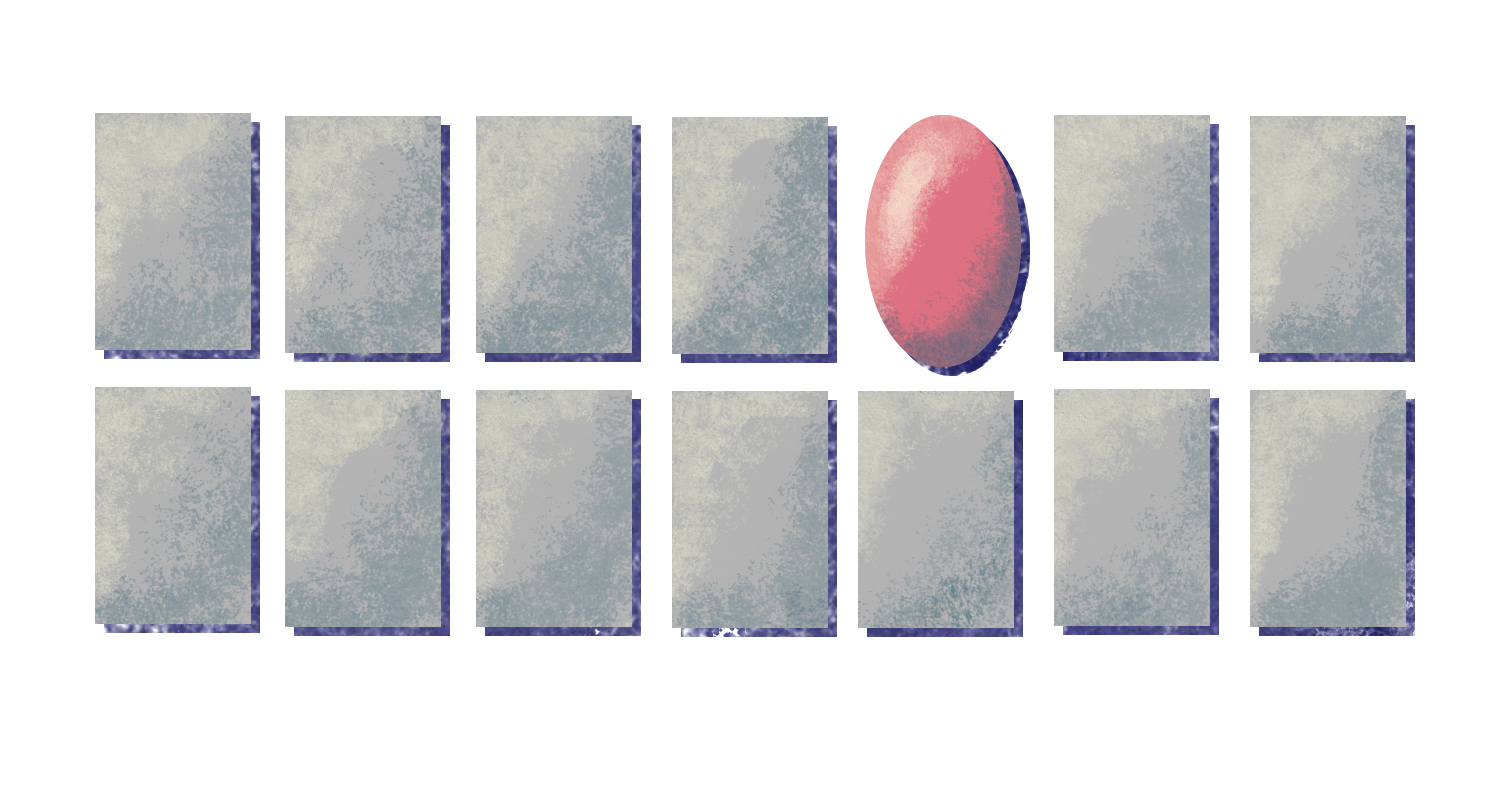 Nowadays with templates on the internet, pretty much anyone can come up with a business card design, but that doesn’t mean all of them are innovative. Include what makes you special. Examples of this could be your use of color, your minimalist or maximalist aesthetic or the way you mix fonts.
Nowadays with templates on the internet, pretty much anyone can come up with a business card design, but that doesn’t mean all of them are innovative. Include what makes you special. Examples of this could be your use of color, your minimalist or maximalist aesthetic or the way you mix fonts.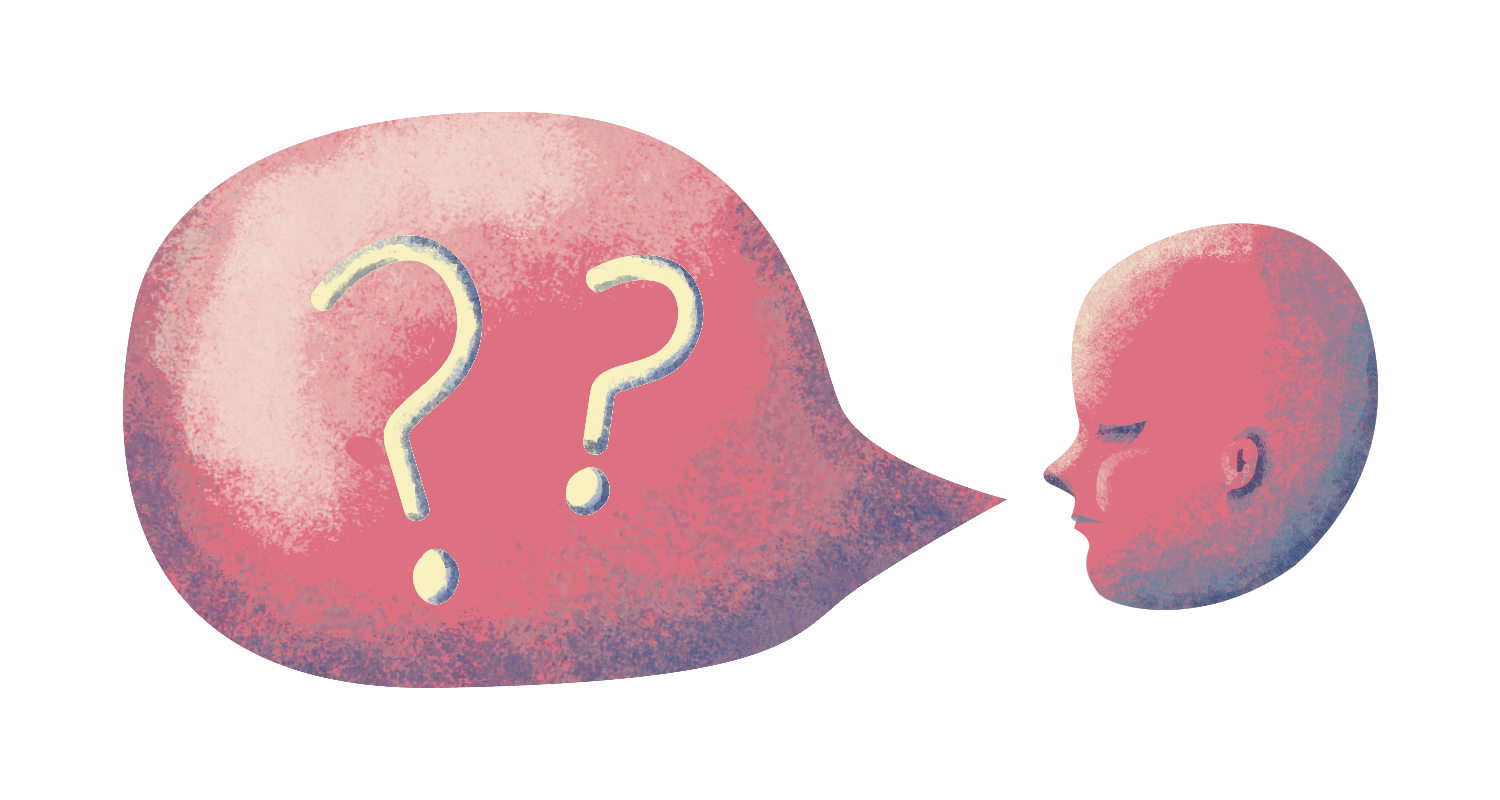
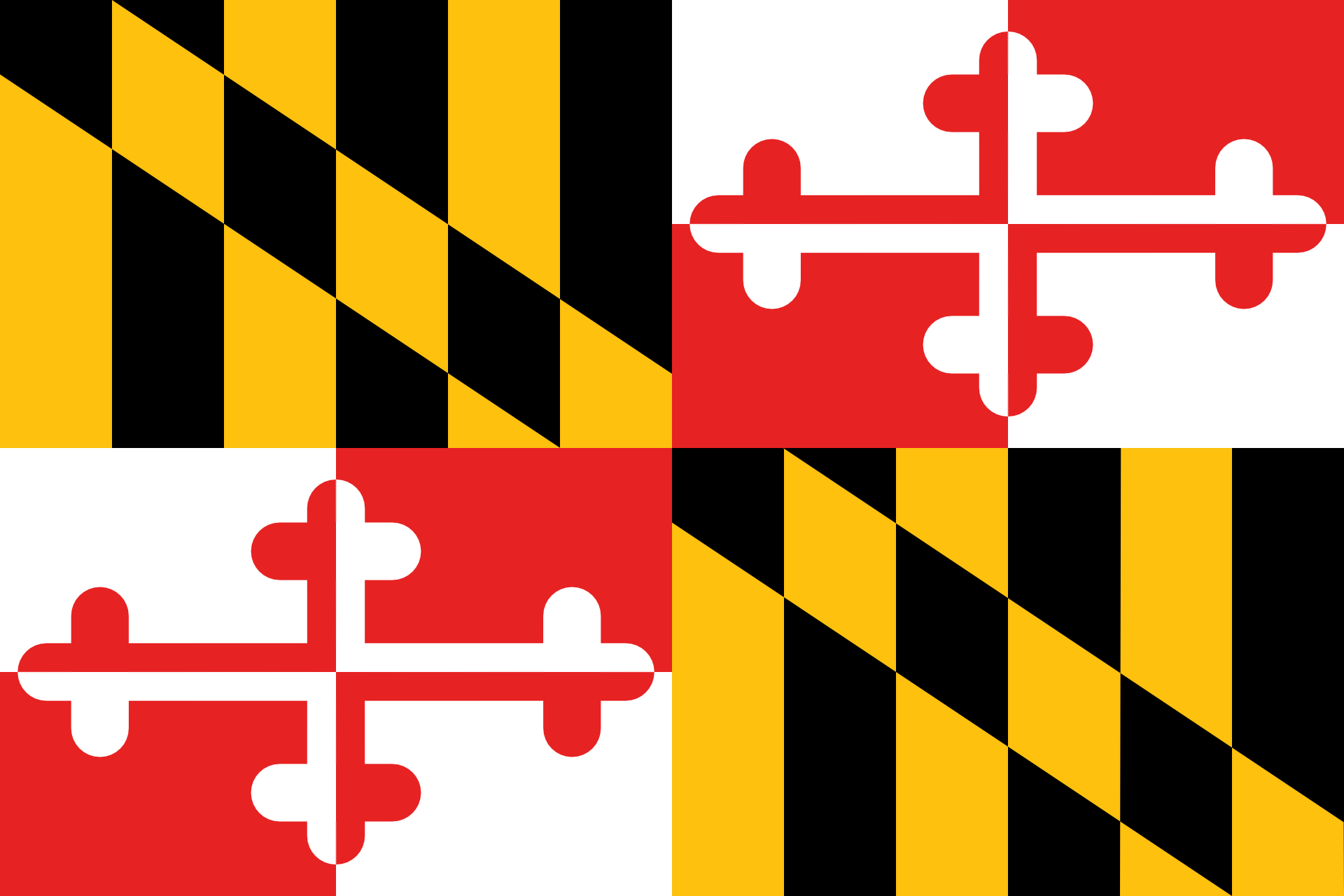

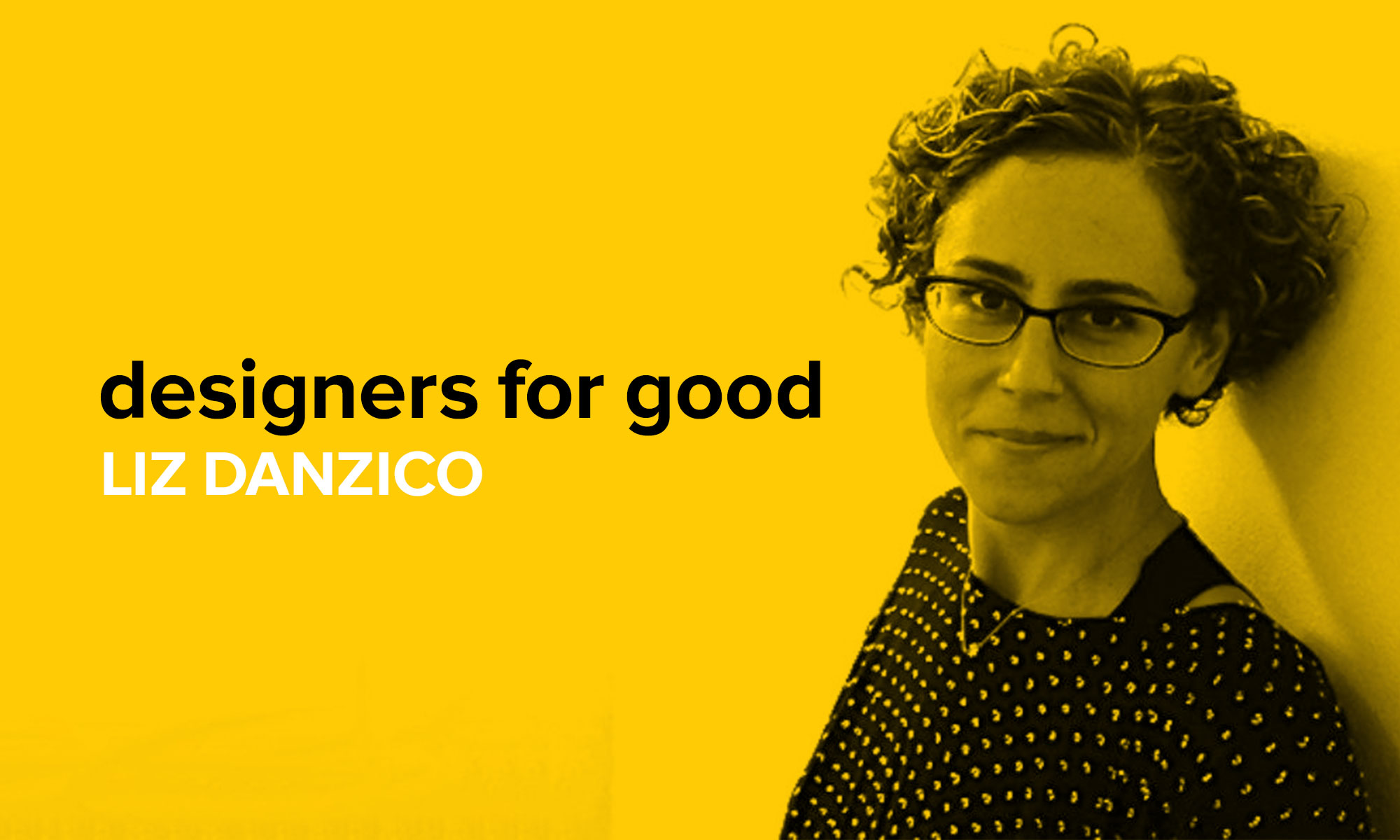
 The new AIGA Baltimore logo
The new AIGA Baltimore logo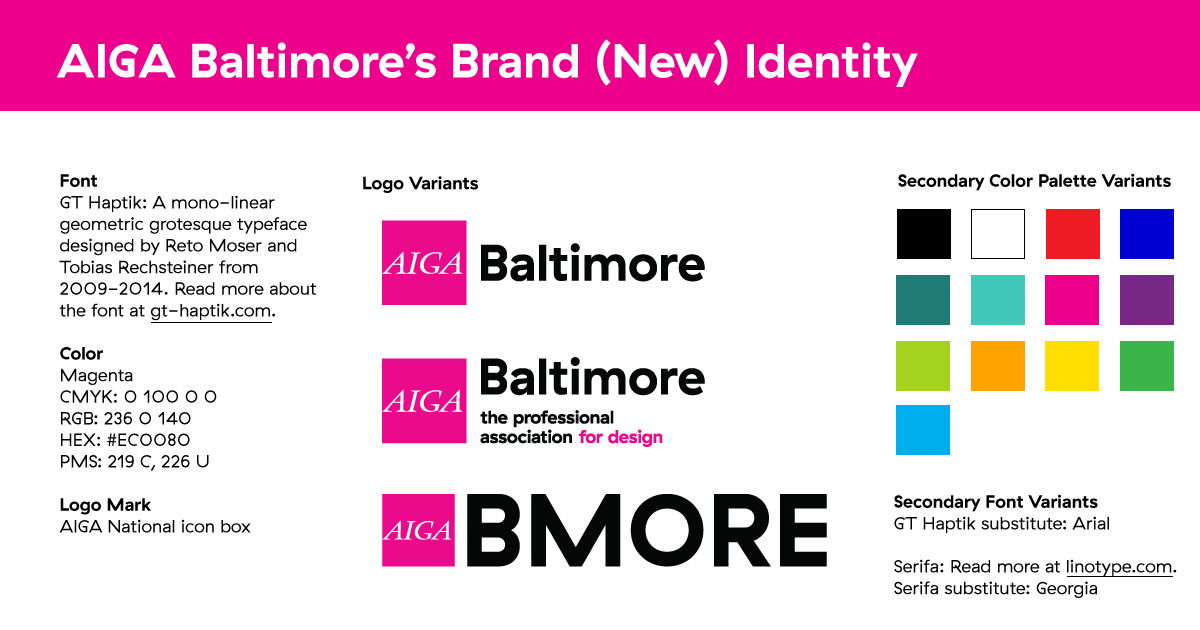 AIGA Baltimore’s Brand (New) Identity Guide
AIGA Baltimore’s Brand (New) Identity Guide